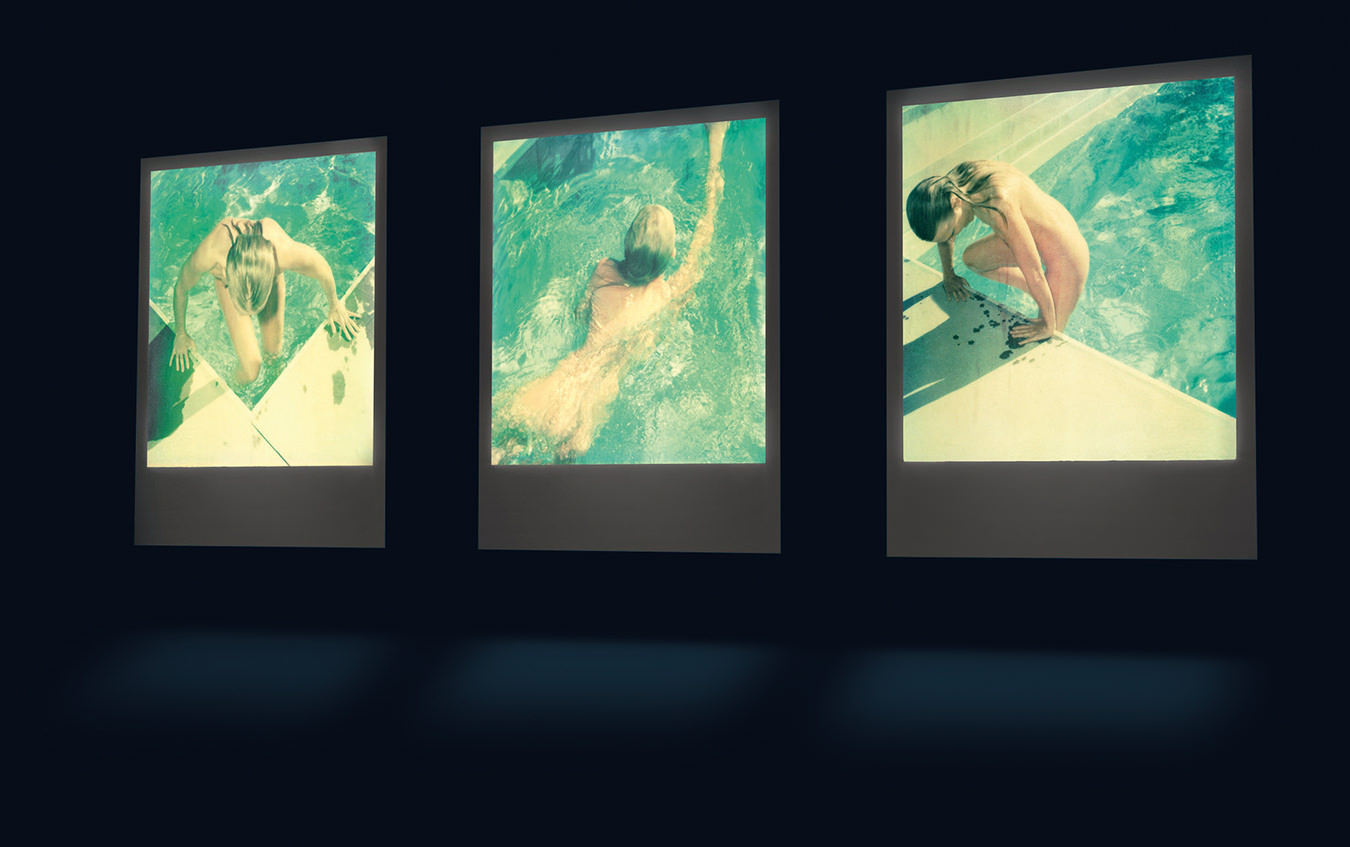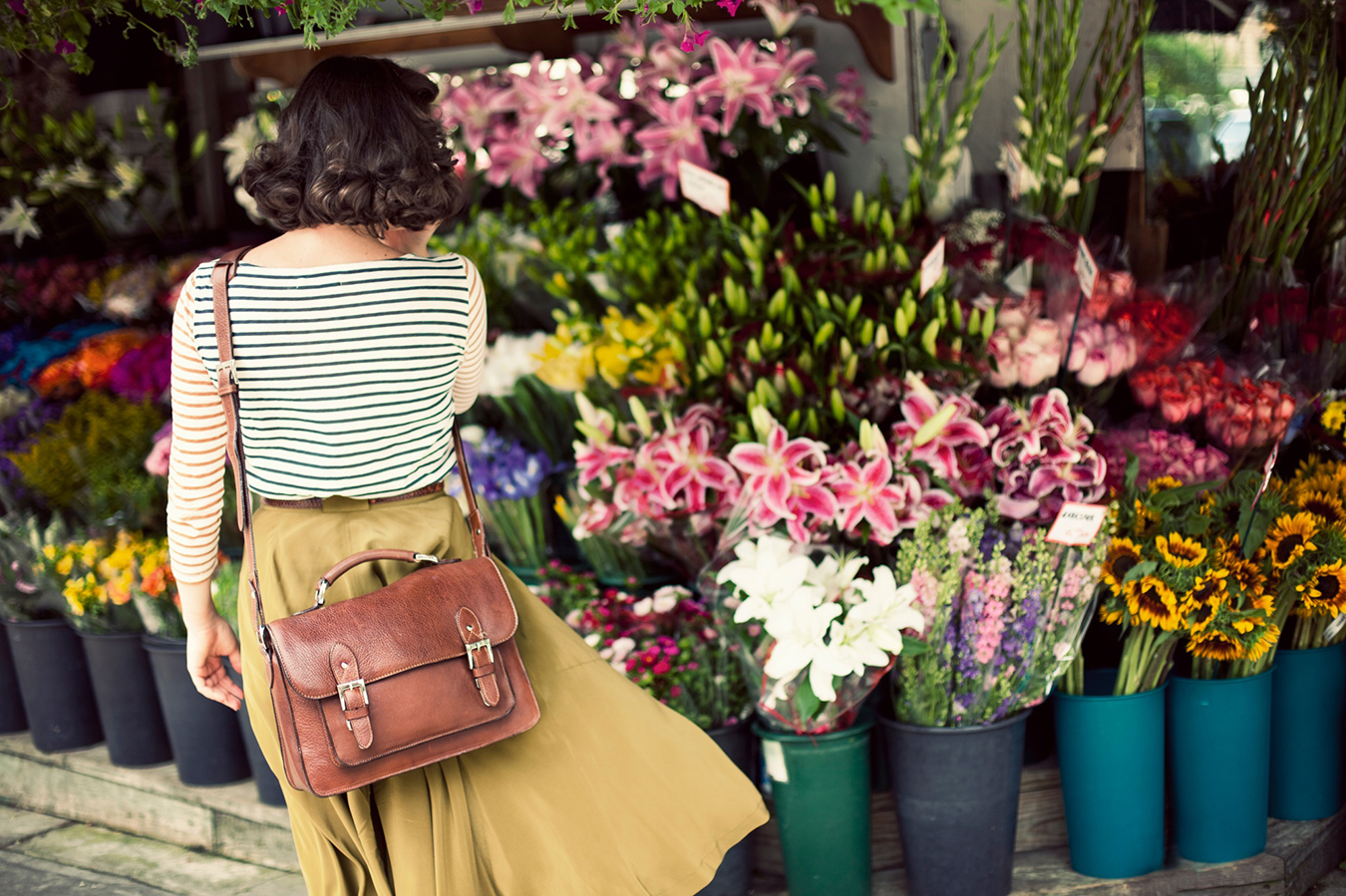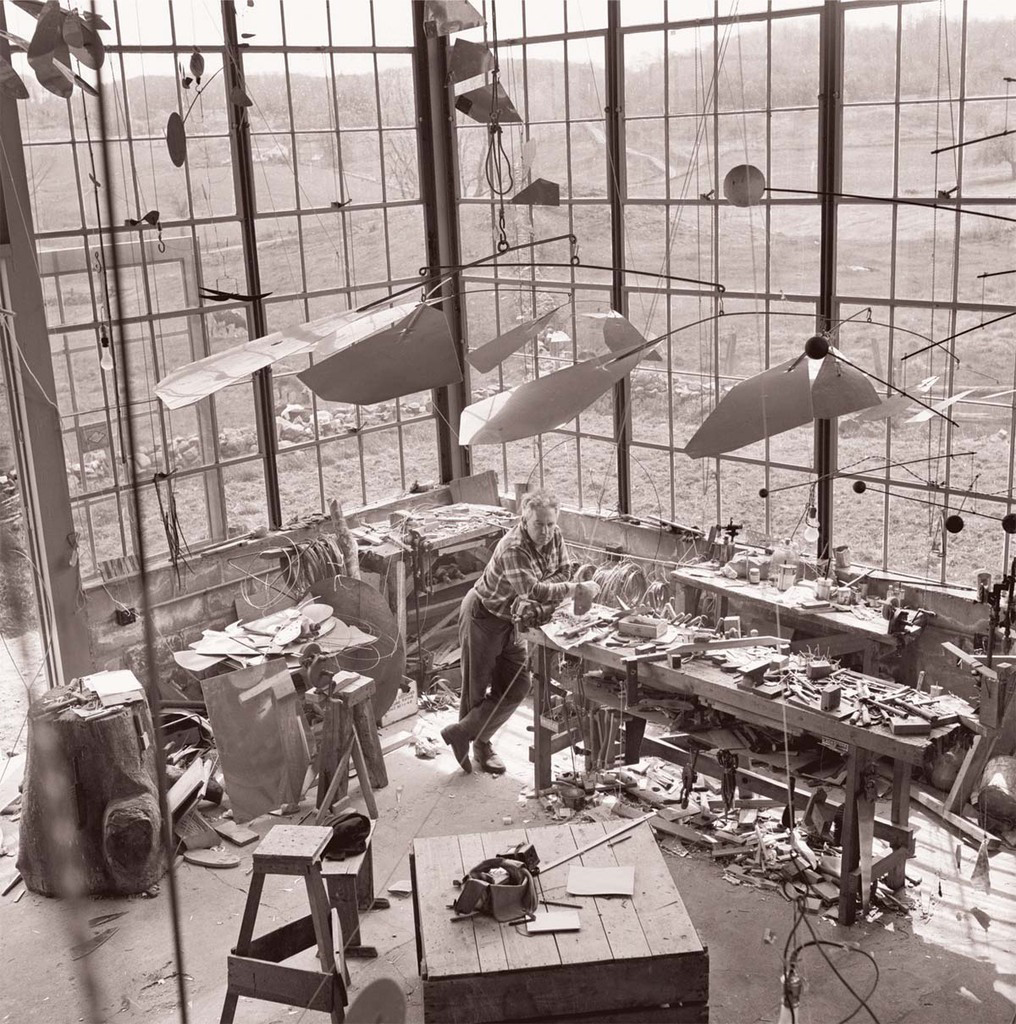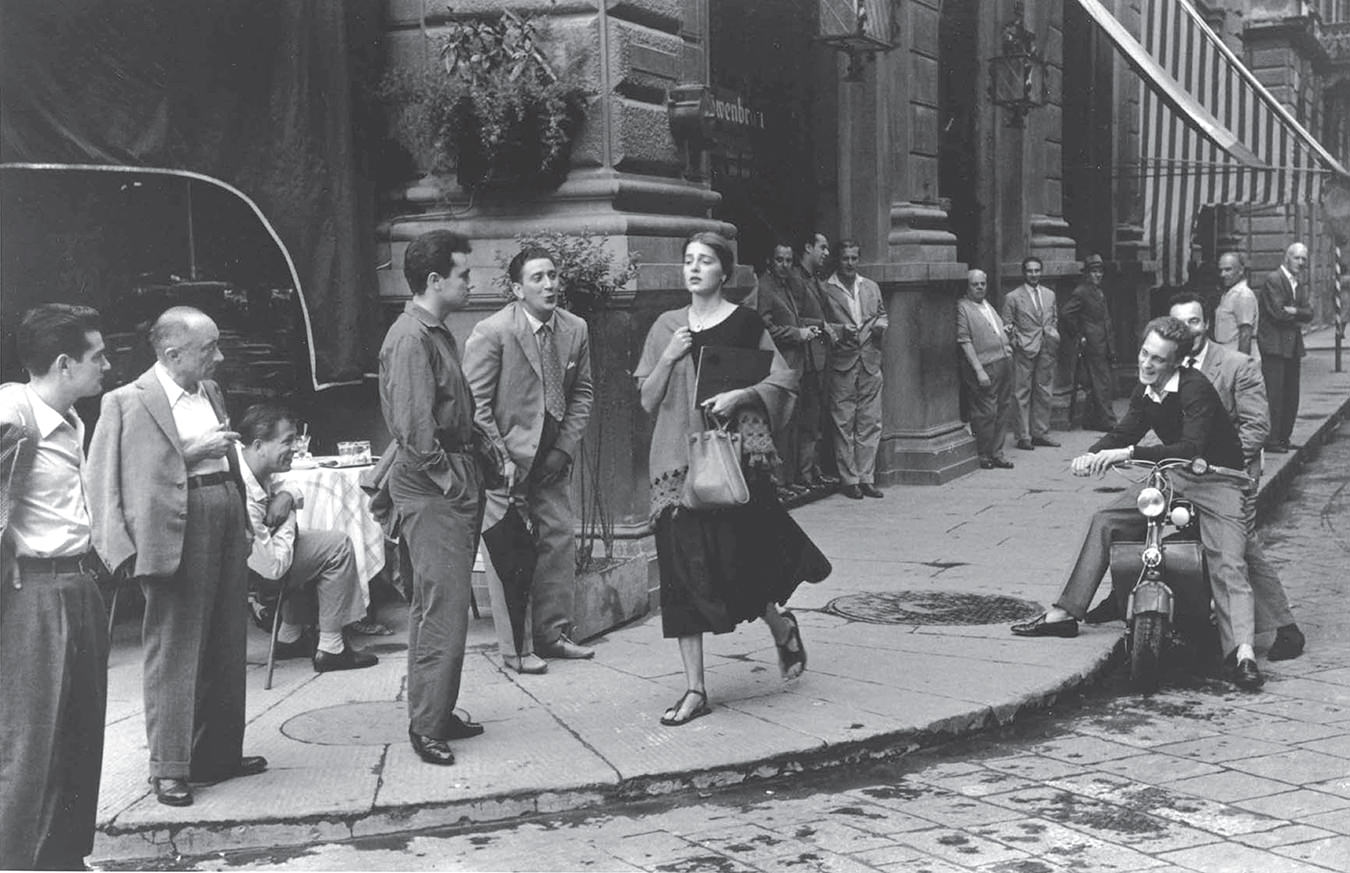Photography In Motion
Opening November 7, the Polygon presents Lee Miller: A Photographer a Work (1932-1945), showcasing the haunting work of the Surrealist artist.
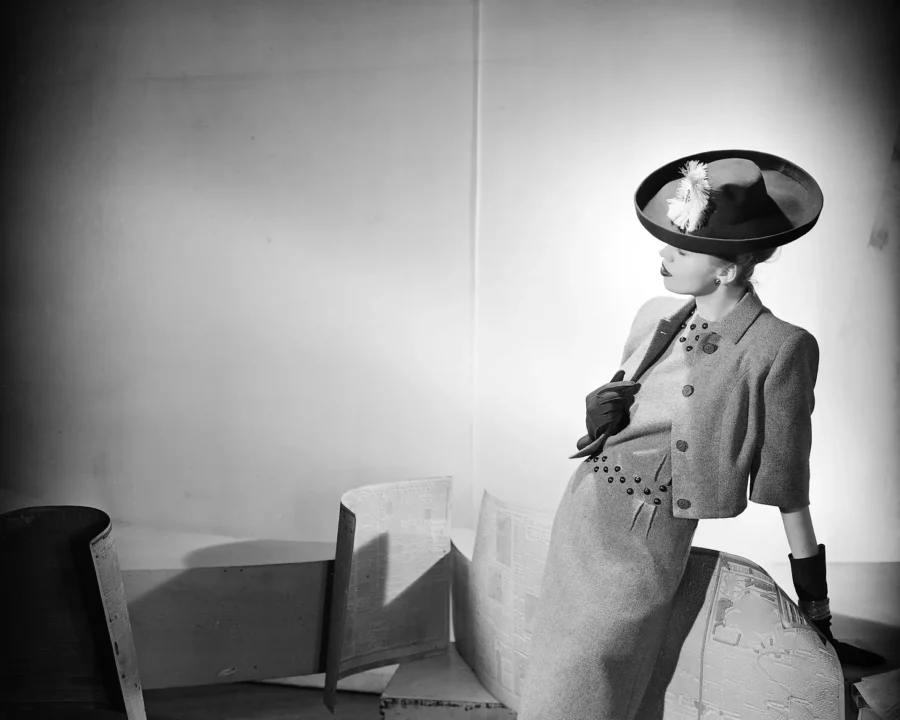
Lee Miller, Today’s Standard Fewer, Simpler, Better Clothes, Model Richards, London, England 1944. © Lee Miller Archives, England 2025. All rights reserved.
Skim Lee Miller’s bio and you’re likely to be on the edge of your seat. The notable American photographer’s life takes countless twists and turns, each more unexpected than the last—from a successful modelling career in the 1920s (scouted by Condé Nast himself) to studying photography under acclaimed Surrealist artist Man Ray in Paris, to moving to Cairo to marry a wealthy Egyptian businessman to become a fashion photographer-turned-World-War II correspondent for Vogue, and eventually leaving photojournalism to become a gourmet chef. The colourful and spirited artist was nothing if not interesting, and she brought her imaginative eye to her work behind the camera.
Now, a new exhibition at the Polygon Gallery adds perspective to the life and work of Lee Miller. Opening on November 7 and running through February 1, Lee Miller: A Photographer a Work (1932-1945) marks the West Coast premiere of the show, following stints at Les Rencontres d’Arles in France and The Image Centre in Toronto. Highlighting the most “pivotal and productive period” of her life, including her time as a studio portraitist, a fashion photographer, and one of World War II’s only women correspondents to see combat, the more than 100 images document the struggles she faced as a female photographer, how she built her career and her evolution as an artist.
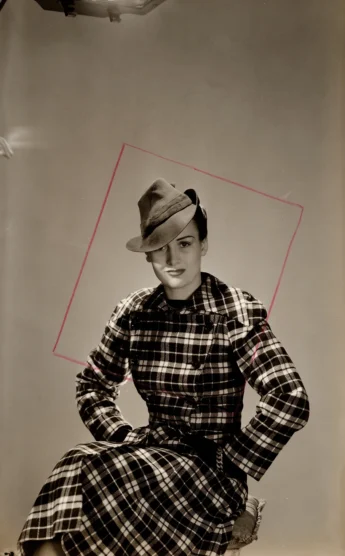
Lee Miller, Hats, Pidoux with original markings, Vogue Studio, London, England 1939. © Lee Miller Archives, England 2025. All rights reserved.
Miller’s granddaughter, Ami Bouhassane, who also is the Managing Director of Farleys House & Gallery, the organization that manages the Lee Miller Archives, says what makes this exhibition special is its focus on Miller’s work, rather than her multifaceted and colourful life. “It really focuses on Lee professionally. I know it kind of sounds obvious, but having championed her work for nearly 30 years now, it’s been a real battle to get her recognized as a professional woman photographer in her own right,” Bouhassane says. “It even happens in documentaries about her that they go down this kind of like this rabbit hole. And it’s a shame, because her professional work is incredible.”
The show includes intimate portraits, playful fashion shoots (some of Bouhassane’s favourites), and her haunting documentation of a world ravaged by war, capturing Miller’s complex and diverse body of work. It also features a collection of archival materials, including letters, self-portraits, and issues of Vogue with Miller’s wartime photos.
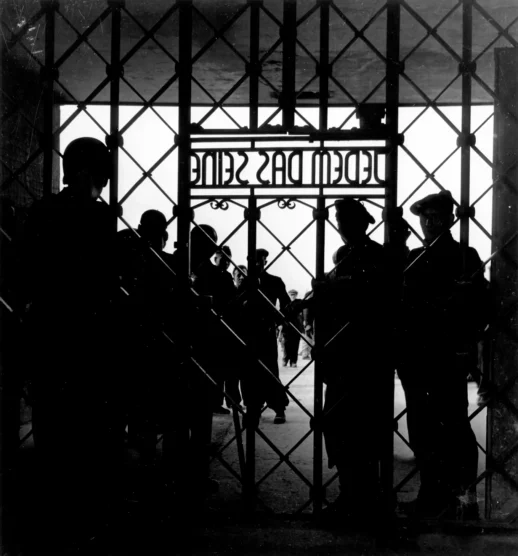
Lee Miller, Entrance to concentration camp, Buchenwald, Germany 1945. © Lee Miller Archives, England 2025. All rights reserved.
The Polygon exhibit has particular personal significance to Bouhassane and her family; it’s not the first Lee Miller show at the gallery. Back in the ‘00s, Bouhassane’s father, Antony Penrose, made the journey to Vancouver for a different exhibition at The Polygon and has regaled her with tales of the trip.
“In a time when we were really fighting for [Miller], to get the world to remember her, they were one of the venues that were like, ‘Yeah, she’s interesting. Let’s show her work,’” Bouhassane says. “It was a big deal and so to have a space like this that had the foresight in the ‘00s to actually take a Lee Miller show in the first place, it just kind of shows that, I guess, the museum is still in really good hands with people who know what they’re doing and really recognize the right kind of people.”

Lee Miller, Frenchwomen accused of being Nazi collaborators, Rennes, France 1944. © Lee Miller Archives, England 2025. All rights reserved.
Earning Miller the recognition she deserves has been a lifelong mission for both Penrose and Bouhassane—the pair run Farleys House, the Sussex home-turned-museum where Miller and her husband, notable artist Roland Penrose, lived in their later years. Open for tours, the house’s colourful interiors provide a glimpse into the lives of both its residents, as well as its many notable visitors over the years, who include Pablo Picasso, Joan Miró, Man Ray, and Max Ernst. Also on site are the Lee Miller Archive, a serene sculpture garden, and two galleries that often display the work of women artists. “I think [Miller] would be really upset if we continued to promote her and didn’t use the hard-fought ground that we have obtained for the recognition of her work to use that as a take off point for also being able to bring other women’s work to the light,” Bouhassane says.
Fighting the uphill battle of gender discrimination was something Miller was intimately familiar with throughout her life—a struggle that continues for her granddaughter. “When I when I first started working here, it was such a fight to get her any kind of recognition. It’s an old story now and it’s not like she’s the only one. Most of the canon of other women Surrealist artists in that period still have not been recognized enough,” she says. “All we want is equity, right? And that’s what we want for ourselves and future generations and if we can try by continuing to exhibit her work and encouraging more research in other exhibitions then, then we can hopefully start to bring that together.”
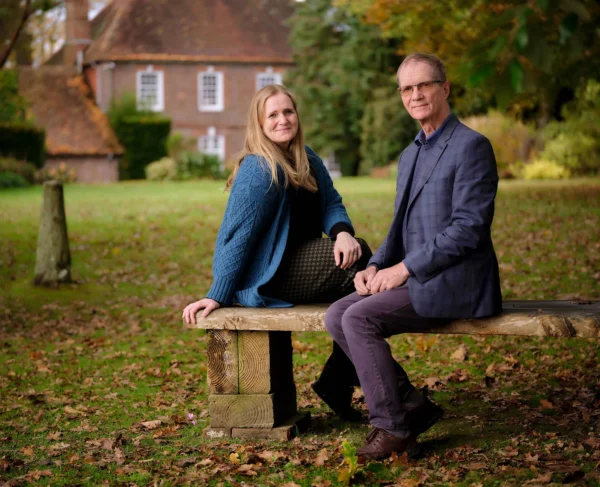
Ami Bouhassane and Antony Penrose. Photo by Jim Holden. © Lee Miller Archives.
Lee Miller: A Photographer a Work (1932-1945) is on show at The Polygon Gallery from November 7 to February 1.

